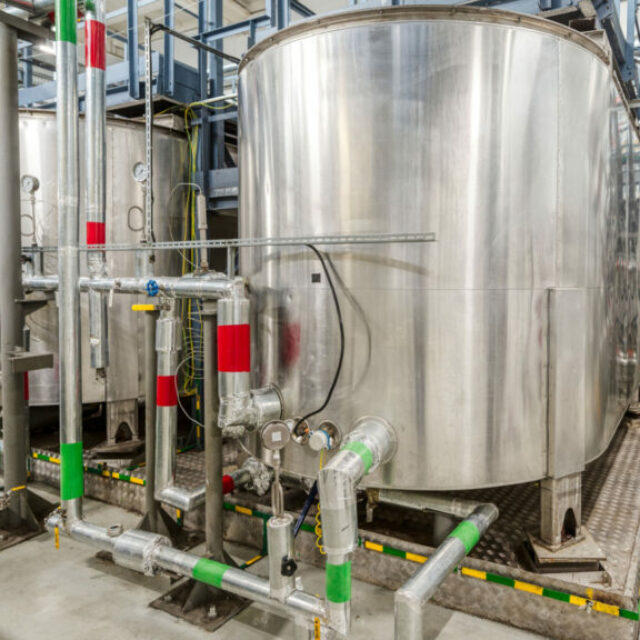Electronic Relief Valves & Their Essential Role In Applications
When we delve into the realm of fluid control systems and pneumatic applications, there’s a critical component that stands out: the relief valve. This small, yet crucial piece is essential for ensuring system safety and optimizing performance. For those who may be new to this, let’s start with the basics: how does an electronic relief valve work?
How an Electronic Relief Valve Works
An electronic relief valve is designed to release excess pressure from a system when it surpasses a preset limit. Unlike traditional mechanical relief valves, electronic ones rely on sensors and electronic controls to detect pressure levels and trigger the valve to open or close. Here’s a simple breakdown:
- Sensors: These continuously monitor the pressure within the system.
- Control Unit: Based on the feedback from the sensors, this electronic unit decides when the valve needs to be activated.
- Actuator: An electronic actuator opens or closes the valve based on the control unit’s command.
When the system pressure rises beyond the set limit, the control unit signals the actuator to open the valve, allowing the excess pressure to be relieved. Once the pressure stabilizes below the threshold, the valve closes again.
Applications
Electronic relief valves are versatile and find use in a myriad of applications. Here’s a look at a few:
- Industrial Compressors: In air or gas compressors, ensuring that pressure doesn’t exceed safe levels is critical. Relief valves protect these machines from potential damage.
- HVAC Systems: Modern HVAC systems use relief valves to maintain optimal pressure and prevent malfunctions.
- Medical Equipment: Devices like oxygen concentrators and other respiratory equipment utilize relief valves to guarantee patient safety.
- Hydraulic Systems: In machinery that relies on hydraulic fluids, relief valves protect against over-pressurization, which could otherwise lead to equipment failure.
- Brewing & Distilling: For fermentation tanks, maintaining an optimal pressure is crucial to ensure quality and safety. Relief valves come in handy here too.
The Importance of Relief Valves
But why are these valves so indispensable?
- Safety: Over-pressurization can lead to catastrophic system failures, potentially causing injuries and significant financial loss.
- Efficiency: A well-maintained pressure level ensures that the system operates at its best, leading to better performance and longevity.
- Cost-Efficiency: By preventing potential damages, relief valves save money in the long run.
Why Choose Kelly Pneumatics Electronic Relief Valve?
When it comes to electronic relief valves, one name stands out: Kelly Pneumatics. Their state-of-the-art Electronic Relief Valve offers unmatched precision, durability, and reliability. Here’s why it’s a top choice:
- Precision Control: With advanced sensors and a responsive control unit, Kelly Pneumatics ensures accurate pressure regulation.
- Durability: Designed for demanding applications, their valves promise a long lifespan, even in challenging environments.
- Versatility: Suitable for a wide range of applications, from industrial setups to specialized medical equipment.
- Easy Integration: The design allows for seamless integration into existing systems, making upgrades hassle-free.
- Trusted Reputation: With years in the industry, Kelly Pneumatics has garnered trust and respect for its high-quality products and impeccable customer service.
In a world where efficiency, safety, and reliability are paramount, choosing the right components for your pneumatic applications is vital. And when it comes to relief valves, settling for anything less than the best isn’t an option.
If you’re looking to upgrade your system or are in the process of setting up a new one, consider the Electronic Relief Valve from Kelly Pneumatics. It’s an investment in quality, precision, and peace of mind. Don’t compromise; ensure your systems are equipped with the best. Visit kellypneumatics.com today to explore their range and make an informed decision for your pressure regulation needs.
For further reading on the importance of electronic relief valves in industrial applications, visit this comprehensive guide on Engineering Toolbox. For insights into their role in HVAC systems, check out this article on ACHR News. To explore medical applications of these valves, refer to this detailed resource on Medical Design Briefs.

